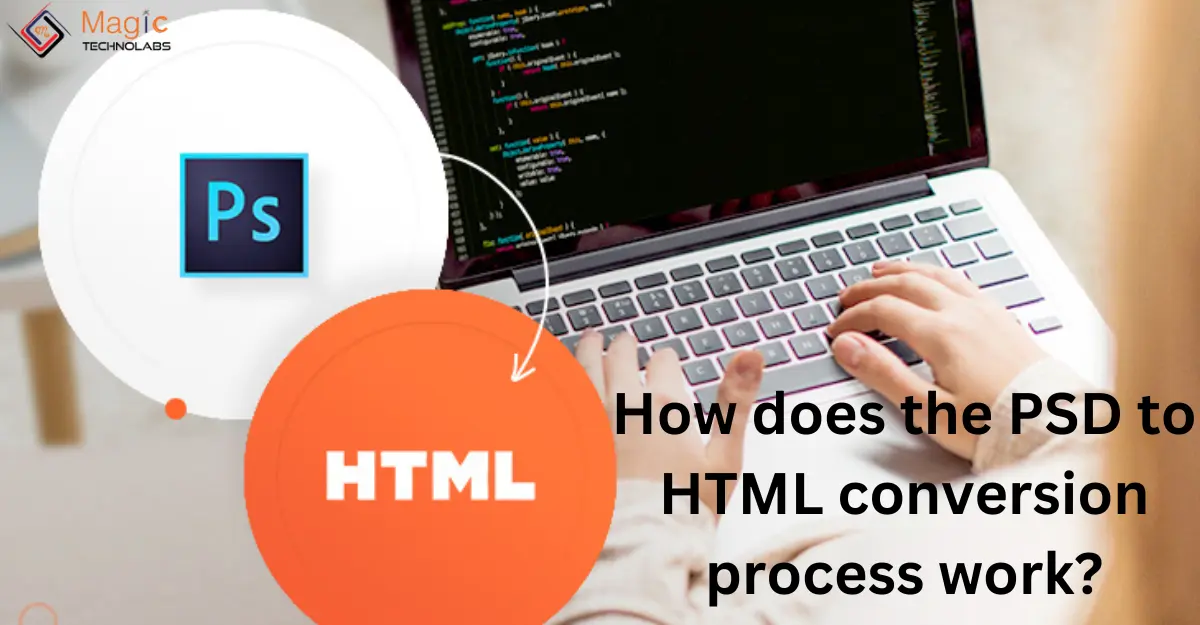In the dynamic realm of web development, the PSD to HTML conversion process stands as a pivotal bridge between design and functionality. This transformative journey involves several key steps, ensuring that a static design in Photoshop (PSD) is brought to life as a dynamic and responsive HTML webpage.
1. Design Analysis: The process kicks off with a comprehensive analysis of the PSD design. Each element, from layout and imagery to fonts and colors, is meticulously examined to facilitate a faithful translation into HTML.
2. Slice and Dice: The PSD design is then sliced into individual components. Each layer and element is isolated, facilitating easier coding and enhancing the overall responsiveness of the final HTML layout.
3. HTML Markup: The sliced elements are translated into HTML markup. This step involves creating the structural foundation of the webpage using HTML tags. The layout, sections, and content are precisely encoded for optimal web presentation.
4. CSS Styling: Cascading Style Sheets (CSS) come into play to add style and visual appeal to the HTML structure. CSS defines the presentation aspects, including fonts, colors, spacing, and responsive design elements, ensuring a seamless user experience across various devices.
5. JavaScript Integration: For enhanced interactivity and dynamic functionalities, JavaScript is integrated into the HTML structure. This step brings life to elements like sliders, interactive forms, and other dynamic features, enriching the user experience.
6. Cross-Browser Compatibility: Rigorous testing is conducted to ensure the converted HTML is compatible with various web browsers. This step is crucial for providing a consistent and reliable experience to users regardless of their browser choice.
7. Optimization: The final HTML code is optimized for performance. This involves compressing images, minimizing code, and refining other elements to ensure faster loading times and an efficient user experience.
8. Quality Assurance: A comprehensive quality assurance process is undertaken to identify and address any potential issues. This includes testing for responsiveness, functionality, and overall design integrity.
9. Deployment: Once the conversion is validated and approved, the HTML code is ready for deployment. The website is now prepared to go live and engage with its audience.
In essence, the PSD to HTML conversion process is a meticulous transformation that marries design aesthetics with web functionality, resulting in a visually stunning and user-friendly website. This seamless conversion is crucial in bringing creative visions to the online landscape, where form and function converge harmoniously.
















